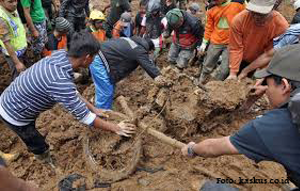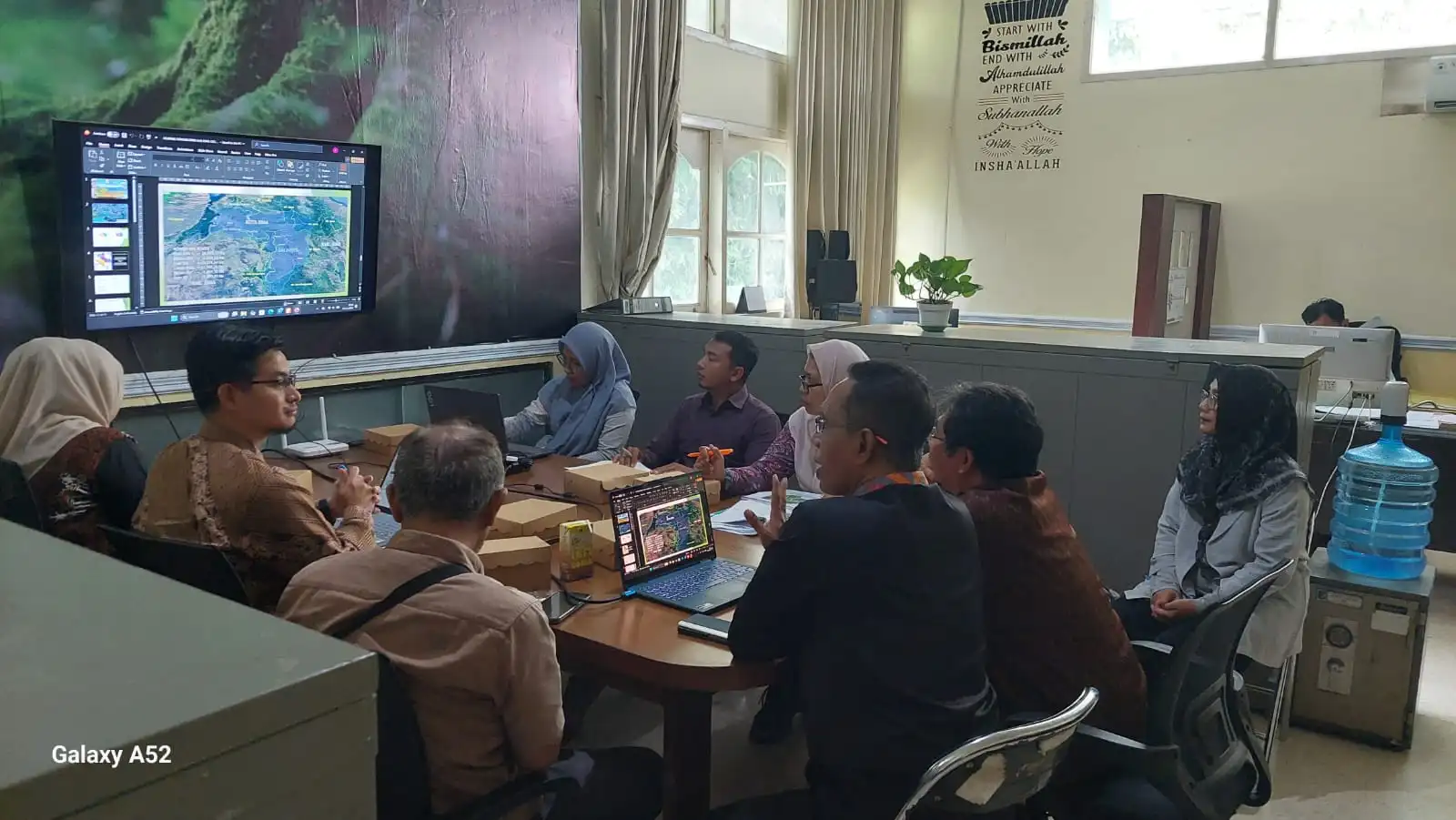 Last weekend, a number of villages in Central Java Province experienced floods and landslides due to heavy rain. Responding to this incident, Minister of Villages, Development of Disadvantaged Regions and Transmigration Marwan Jafar issued a statement that village governments affected by the disaster could use 2016 village funds to repair and rebuild damaged village infrastructure. Minister Marwan also said that village governments need to build infrastructure such as embankments to prevent landslides and floods that are stronger and better organized so that similar natural disasters can be avoided.
Last weekend, a number of villages in Central Java Province experienced floods and landslides due to heavy rain. Responding to this incident, Minister of Villages, Development of Disadvantaged Regions and Transmigration Marwan Jafar issued a statement that village governments affected by the disaster could use 2016 village funds to repair and rebuild damaged village infrastructure. Minister Marwan also said that village governments need to build infrastructure such as embankments to prevent landslides and floods that are stronger and better organized so that similar natural disasters can be avoided.
Even though building and repairing damaged infrastructure is crucial, PATTIRO Executive Director Sad Dian Utomo emphasized that the central government, in this case the Ministry of Villages, Development of Disadvantaged Regions and Transmigration (Kemendesa PDTT) and village governments should not only focus on this. . The government also needs to think about steps to prevent disasters from occurring in villages. “The government must immediately encourage villages in Indonesia that are prone to disasters to start planning for disaster prevention and climate change adaptation efforts. “So it’s not just disaster management that is being promoted,” said Sad Dian.
As a first step, according to Sad Dian, village governments need to identify disaster risks and the impacts of climate change that are prone to occur in their areas. “Because disaster prevention must be adapted to the local context of each village, it is important for each village to find out what disasters most frequently affect their area. “That way, villages can more easily know what things they need to prepare to prevent disasters,” explained Sad Dian.
After identification, said Sad Dian, the government together with residents in village meetings can discuss what things will be prioritized and their implementation targets. “Resident involvement in planning activities is very important to ensure that disaster mitigation plans are accommodated in village development planning,” he said.
Sad Dian added that disaster prevention plans do not always have to take the form of infrastructure development. Village governments whose areas are prone to floods, landslides and droughts can allocate village funds to reforest deforested water absorption areas by encouraging tree planting activities. Or, disaster-prone villages can also allocate village funds to increase community understanding about strategies for reducing disaster risks and adapting to climate change, creating mitigation maps and evacuation routes for residents. Not only that, the village government can also use village funds to disseminate this knowledge to residents and carry out disaster simulations.
Furthermore, because all development plans made by the village government must first obtain approval from the sub-district government, Sad Dian suggested that the central government provide them with understanding and capacity building regarding climate change adaptation and disaster management. “So that the sub-district does not just throw out the disaster management planning that the village has made because they think it does not include infrastructure development, the government must step in to socialize and increase their capacity in climate change adaptation and disaster management,” concluded Sad Dian.
In essence, Sad Dian emphasized, the disasters that hit various villages in Central Java at the end of last week should remind the government that Indonesia is a country that is very prone to disasters. “After the existence of the Village Law, the central government should have started to be able to give authority to villages in terms of adapting to climate change and overcoming and reducing disaster risks according to their capacity,” stressed Sad Dian.




